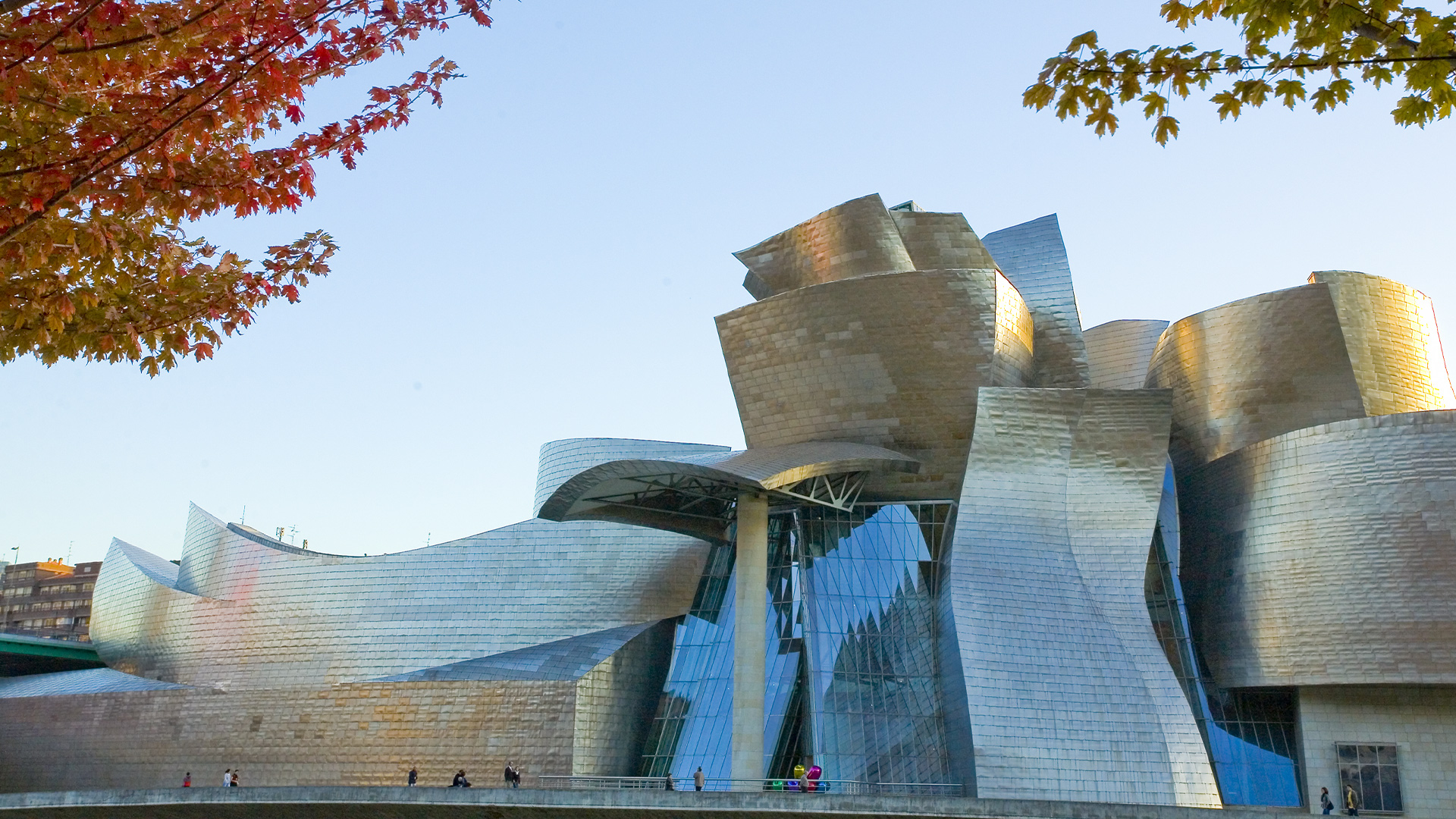
Photography by Michael Leckie
I recently attended RICS’ Built Environment European Summit in Bilbao. A packed agenda featured many great speakers, and I wanted to share some of the things that I learned and have relevance for our whole industry.
Bilbao is an oft-cited case study for urban renewal: in 30 years, the city has been transformed from a former industrial hub experiencing social unrest, to a thriving urban area with a cultural hub, nature-based solutions and social value.
One of the lessons learned from Bilbao is that investment in nature and social value pays off. From Bilbao’s mayor, we heard about an investment in affordable housing facing onto a new park built over a former railway yard, which recouped the investment made in the urban development.
Alongside this, investments in culture have been key. The Guggenheim Museum is one such investment, designed by Frank Gehry; Bilbao’s development has included various other landmark buildings by well-known names, including Santiago Calatrava’s airport and bridge, Norman Foster’s metro stations and an entire neighbourhood planned by Zaha Hadid.
This has been made possible by a financial environment in which local government can plan long-term. While the Basque region is fiscally autonomous within Spain, raising and keeping its own taxes, spending and investment decisions are made with local councils, not just at regional government level, and funding arrangements allow for long-term planning.
Climate change has already altered investment
Climate change and its various impacts, both physical and regulatory, mean that the real estate investment model will never go back to where it was before. This is even more the case when set alongside other macro changes: demographics, changing ways of working and consuming, digitalisation and AI. But, as IPCC vice-chair Diána Ürge-Vorsatz pointed out, the key to net zero is first and foremost to reduce our energy and material demands.
In that context, it was good to hear from Gulnara Roll of Global ABC about their materials hub, working to provide the tools and the means for our sector to avoid virgin materials and shift to reused and bio-based materials.
A great case study by Amal del Monaco from Patrizia shows us that this new redevelopment model can be achieved and make business sense. Their renovation of the Louise Tower in Brussels retained the 1960s structure and saved 10,500 tonnes of CO2 while creating a 70% saving in operational carbon.
“None of us can change the industry alone. What matters are the choices you make” Tina Paillet FRICS, RICS President
Residential retrofit is the net zero bottleneck for Europe
There’s about €20tr of investment in EU residential property, which requires around €6tr of capital expenditure. Part of the solution, Climate Strategy CEO Peter Sweatman suggested, is in informing individual home owners about the options and support available for them to undertake home retrofits.
This can be achieved through the setting up of retrofit counsellors, as has been done in Bilbao, or even deploying Europe’s 100,000 retail bank branches to outreach to the local population. There’s no doubt that RICS’ Residential Retrofit standard could support this development.
Training and education are key
We know from RICS’ annual sustainability survey that one of the biggest barriers worldwide to adopting greener practices and policies is lack of knowledge and skills.
Addressing this must be a whole-industry effort. RICS is raising the bar on the competencies we expect and the training we offer. But we are just one part of a complex network of legislators, regulators, companies, individuals and professional bodies. We are committed to working with others to develop training, education and certifications that focus on enhancing sustainability skills and knowledge for new and existing professionals across the sector.
Leadership is vital
In Bilbao, I met many built environment professionals who are committed to charting a future that is more sustainable, better for our communities and better for our planet. This will take a collective and concerted effort. But a collective effort is the result of individual actions, decisions and expectations.
This means that any one of us can be a leader. You have the opportunity to help your organisation, colleagues and clients to see the value in sustainability, as well as sustainability education and training, communicating your commitment and passion.
None of us can change the industry alone. What matters are the choices you make, the examples you choose to follow, and the examples you choose to set.


